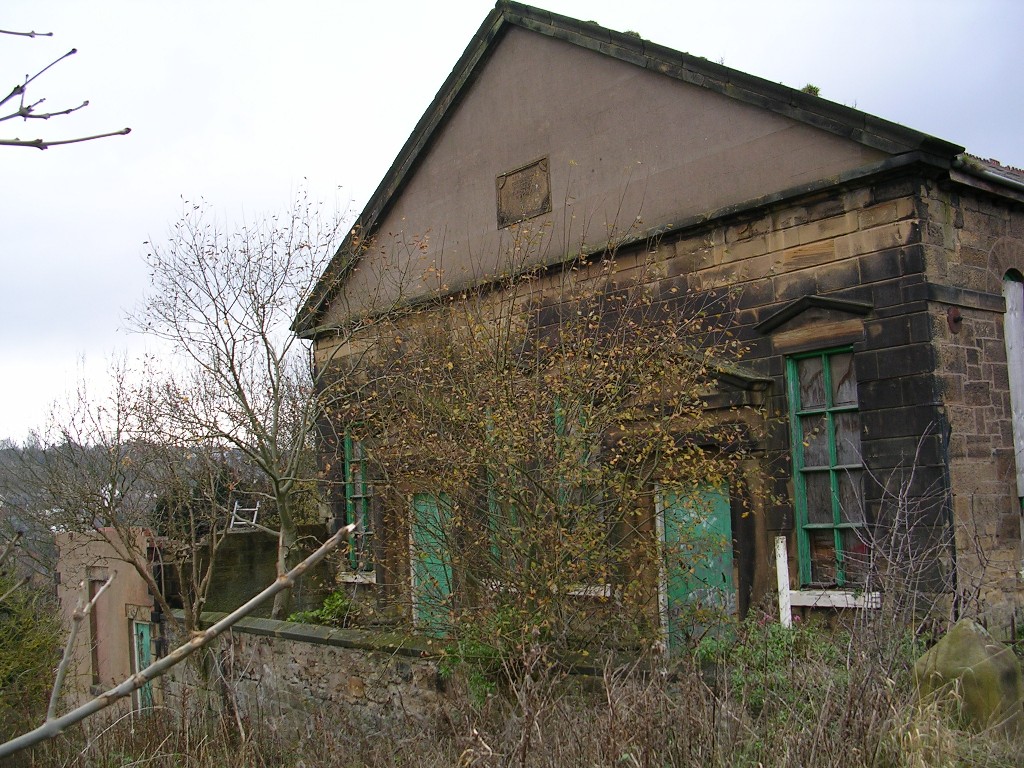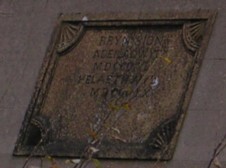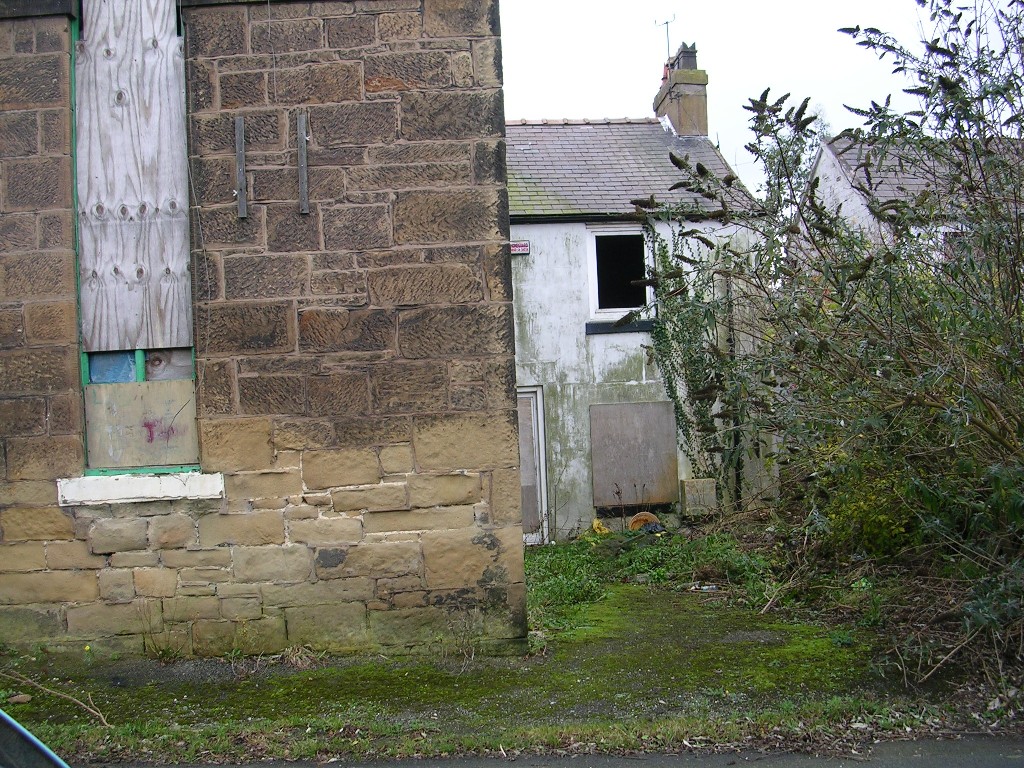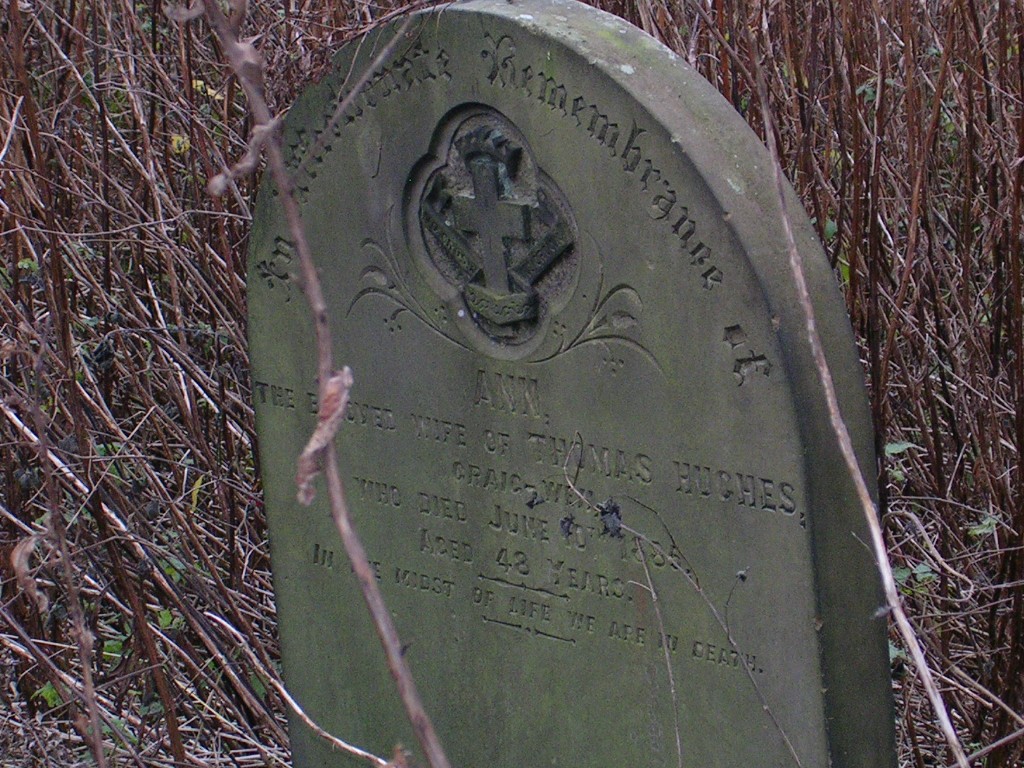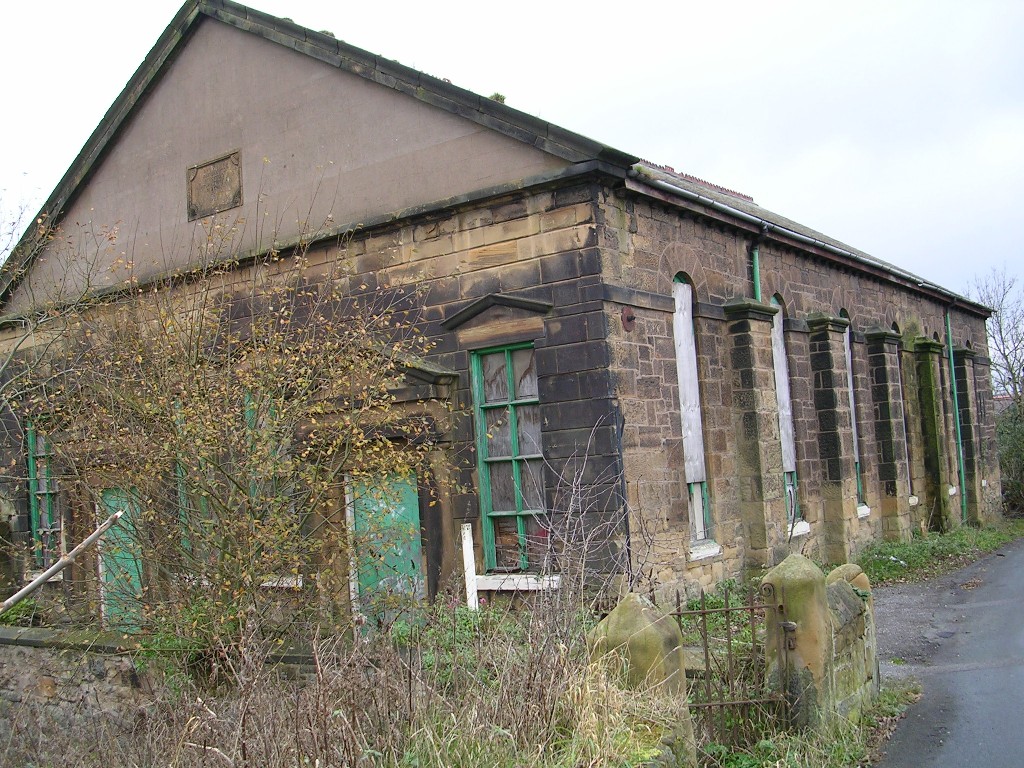In 1803, a young carpenter, named Williams, from Merioneth, came to the Wrexham Institute and took an active part in evangelical work and in four years he was invited to become minister of the small churches of Harwt and Wern. As Gyfynys was a mere rented house, there are no legal documents for historic purposes. Consequently little is known about this important period in the history of Bryn Sion Church. It is interesting to note that he Wesleyans in Brymbo, followed by the Baptists, paid rent while worshipping in the old Bee Hive. In 1828, Mr. Williams's o'r Wern moved from Harwt and became minister of Wern and Rhos. During this time, the congregation grew in Wern and Rhos while the reverse was true about Harwt (despite Mr. Williams' perseverance, while preaching there). The disadvantages of the little Gyfynys Church are easily understood. Rhos and Wern had the advantage of having Mr. Williams's o'r Wern amongst them. Chapels were built in both places while Harwt had to persevere under difficult circumstances. It is fair to say that Mr. Williams did not succeed in getting to know the people of Brymbo thoroughly. He would have been happier amongst them had he known them better. Was he too sensitive?
The second minister was Jonathan Davies, a native of Cardiganshire. He accepted a calling to Harwt, Penuel, Uwch y Mynydd Ucha in the Parish of Hope. He worked hard to build Penuel with little appreciation. He stayed at Penuel for 30 years but only a few years were spent as Minister of Gyfynys.
Another minister at Harwt was the Reverend. William Thomas, Beaumaris. Prayer Meetings were held in houses and things began looking up. The worshippers at Gyfynys had been given a new lease of life and the building of a new chapel was mentioned. William Thomas worked tremendously hard and under his influence lasted years and the Church grew. A new Chapel Horeb was built at the cost of £300. John Parry was the next minister. He was very enthusiastic and the new Chapel thrived under his ministry. He came to Harwt in 1840 and in August 1841 a new Chapel was opened and it became apparent that there was a call for an Independent Chapel, as they were meeting in a dwelling house, which was rented.
John Parry's successor was the Reverend. William Williams (Cromwell). He remained there for 2 1/2 years before moving to Malpas.
The Churches of Bryn Seion and Wern went to Bala to seek a minister. There they found a student, William Lloyd. He began his ministry in 1846 and his association with Bryn Seion ended in 1854. In the meantime, the Reverend Lloyd helped to form Churches and to form Nebo, Bwlchgwyn. He was also involved in the building of Salem, Coedpoeth. He was still involved with Wern and Nebo. He moved from Nebo in 1858 to Coedpoeth. A milestone in Bryn Scion's history was the coming of Hwfa Mon (Rowland Williams) as minister in 1855 and he became the first Minister to serve Bryn Seion alone. He was an excellent preacher and so great was the response that the Bryn Sion Chapel had to be extended. Land was bought in 1856 from Peter Cunnah for £12.I3.9d. The new chapel was twice the size of the old one.
(Graham Rodgers, "Brymbo and its neighborhood book")
